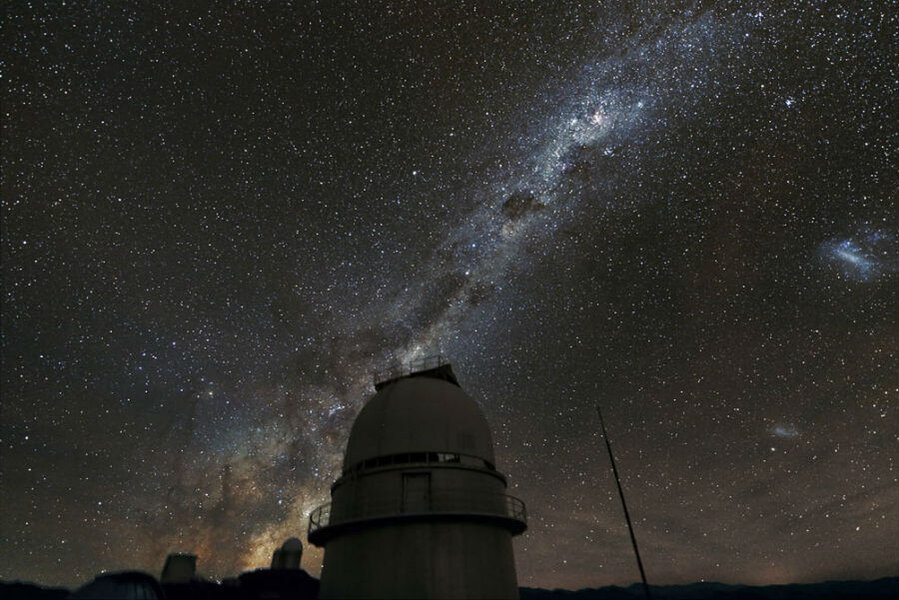How was the oldest circumstellar disk discovered?
Most red dwarf circumstellar disks fizzle out after a relatively quick few million years. But one newly discovered disk has evidence to support the claim that it has been going strong for 45 million years now, making it the oldest ever discovered.
But while such a discovery is remarkable in itself, the way it was discovered is also novel. Eight people who contributed to finding AWI0005x3s and its disk have no professional training in astrophysics. They are participants in an initiative by NASA to use the skills of so-called "citizen scientists" to supplement the work of professional astronomers.
The NASA-sponsored program comes in the form of the website DiskDetective.org. Users are taught to recognize good candidates for stars with circumstellar disks, and are then shown photographs of various stars that have been chosen by a computer as possible disk candidates from stellar surveys. Because these surveys cover literally millions of stars, professional scientists don't have the resources to flag circumstellar disks themselves, but there are plenty of online space enthusiasts who are willing to take on the workload.
Many young stars form these disks of gas, dust, and objects known as planetesimals around them, which scientists believe are important building blocks in the process of planetary creation. By studying these disks, astronomers hope to learn more about the origins of our own solar system.
"Without the help of the citizen scientists examining these objects and finding the good ones, we might never have spotted this object," said Marc Kuchner, an astrophysicist at NASA’s Goddard Space Fight Center in Greenbelt, Maryland, who leads Disk Detective, in a NASA statement. "The WISE mission alone found 747 million objects, of which we expect a few thousand to be circumstellar disks."
WISE refers to Wide-field Infrared Survey Explorer, an orbital telescope that carried out one of multiple stellar surveys involved in the Disk Detective project. According to another statement released by Carnegie Science, Disk Detective was launched in January 2014. Since then, roughly 30,000 citizen scientists have helped make about two million classifications of objects in the night sky, and there are still plenty for users to sift through.
"I've loved astronomy since childhood and wanted to be part of the space program, as did every boy my age," said Milton Bosch, a citizen scientist co-author from California, in the NASA statement. "I feel very fortunate to be part of such a great group of dedicated people, and am thrilled to partake in this adventure of discovery and be a co-author on this paper."
The latest discovery is one of many potentially groundbreaking stars hiding in NASA stellar surveys. AWI0005x3s was discovered in an unexpected corner of the galaxy, according to the paper published in Astrophysical Journal Letters.
"Most disks of this kind fade away in less than 30 million years," Steven Silverberg, a graduate student at Oklahoma University and lead author of the paper, said in the NASA statement. "This particular red dwarf is a candidate member of the Carina association, which would make it around 45 million years old. It's the oldest red dwarf system with a disk we've seen in one of these associations."
The Carina association of stars were all born at roughly the same time in the same stellar nursery. While it is possible that this red dwarf could be younger, the preliminary evidence would seem to point to it coming from the same nursery as the others in the association. But if it is as old as its stellar neighbors, scientists will have to rethink what they thought they knew about red dwarf disks, as well as circumstellar disks in general.







